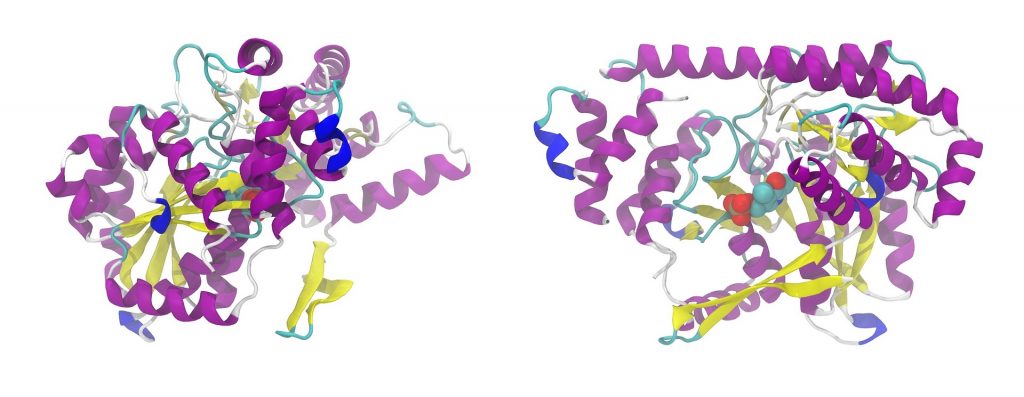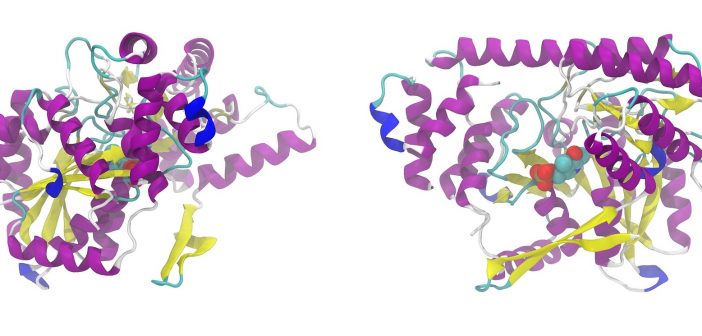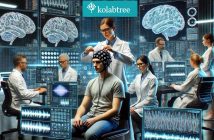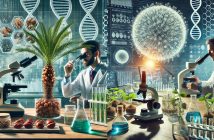計算生物学 は、新しいテクノロジーの出現により、特にデータの収集、分析、可視化の方法において、急速に進化しています。ラゴサマン・イェンマリ博士が コラブツリー フリーランスの科学者が、4つの有望な進歩を検証します。
をフォローアップしています。 前紹介記事, here I will highlight some of the recent trends or recent advances in the biological sciences that are transforming computational biology. These advances rely heavily on computational tools and methods — big データ分析, multiscale modelling, etc. Some of them are listed below.
1.ビッグデータ
This is a well known term in computer science and has been picked by biologists only recently. Thanks to the next generation sequencing techniques, the sequence of a genome can be obtained in relatively shorter time. For example, the relevance of generating data quickly is magnified when working with metagenomic data or a microbiome. How can one manage the data? What about storage for long term? What are the tools for analyzing such massive data? These questions arise and they do have answers. As mentioned this is a recent trend in biology but not in computer science or experimental 物理学, where handling and analyzing big data is a routine job.

One particular instance where リサーチ is happening is in the file formats of biological big data. In the case of protein structure file format, the current standard is the .pdb format, a column dependent format that is parseable and both human and machine readable. However, this format fails when describing mega structures, such as the ribosome or full viral capsids. Hence, a new format has been proposed called the .pdbx format that overcomes the previous format’s limitations. There is also another format called MMTF format that spees up the loading time for structures with more then 20 million atoms within seconds.
計算機におけるビッグデータに関するその他の読み物 構造生物学:
http://science.sciencemag.org/content/355/6322/248
2.クライオ電子顕微鏡とXFEL技術
この2つの方法は、それ自体は新しいものではありません。しかし、この2つの分野で起きている現在の技術や進歩は、生体分子構造の解析の限界を超えつつあります。 クライオ電子顕微鏡 は、電子顕微鏡を使って生体分子の3次元構造を高解像度でとらえる技術である。NIHの先駆的な研究室では、2.5Åの構造が解かれたことがある。この分解能は通常、タンパク質の結晶構造で得られるもので、X線ビームを照射する最適な結晶を標準化するのに少なくとも1〜2ヶ月の時間を要するのが通例である。

In contrast, a recent technique that is revolutionizing 構造生物学 です。 XFEL これは、タンパク質の微結晶に高強度のX線を照射する方法です。高放射能のため、微小結晶は文字通り焼かれてデータを取得する。十分な広さのデータを得るためには、何万個もの微小結晶が必要です。また、微小結晶から得られた画像は、他の画像と合わせて解析し、生体分子の立体構造を把握する必要がある。
Such techniques depend heavily on automated software that use image processing algorithms and to some extent 機械学習 approaches to identify the signal from the surrounding noise. This は、情報の多様性と取得速度が天文学的であるため、ビッグデータであると言えます。
3.マルチスケールモデリング
単一生体分子構造のモデリングやより複雑な系への外挿とは異なり、マルチスケールモデリングは20万以上の原子を含み、得られたダイナミクスは複数の成分(同種または異種)の長い時間範囲の相互作用と複雑な挙動を明らかにします。このような実験から生成されるデータは、得られるデータポイントの数、また統計的な有意性を得るための複数回の実行により、膨大な量となります。
マルチスケールモデリングが使われた例として、セルロースに付着する異種タンパク質と酵素からなるバクテリアの複合構造体であるセルロソームのダイアニズムを理解することが挙げられます。セルロソームは、バイオ燃料の分野、特にバイオエタノール生産において工業的に重要である。
さらに読む http://www.ks.uiuc.edu/Research/biofuels/
4.シングルセルシーケンス
複数の細胞を見るのではなく、個々の細胞を分離してRNAを抽出し、その配列を決定するのが最新の技術です。この最新の技術は、次のように呼ばれています。 シングルセルRNAシーケンシングまたはscRNA-seq.このNatureの論文では、この方法とその利点について、次のように言及している。
個々の細胞を操作するのは大きな集団よりもはるかに難しく、また、それぞれの細胞から得られるRNAはごくわずかであるため、失敗は許されないのだ。また、膨大な量のデータを分析することも問題です。特に、使用するツールが直感的でないことが原因です。
scRNA-seqのワークフローとツールに関する優れたレビューがここに掲載されています。 https://doi.org/10.3389/fgene.2016.00163
からの相談に乗ってほしい。 計算機生物学者?を雇う。 フリーランス・コンピューター・バイオロジー エキスパート をKolabtreeに掲載しました。プロジェクトを投稿して、見積もりをもらうのは無料です。
Yennamalli博士にプロジェクトの相談をしたいですか?Kolabtreeで彼と連絡を取ってください。 これ.
関連する専門家
バイオインフォマティシャンの採用 分子生物学者の採用 バイオスタティシャンの採用







